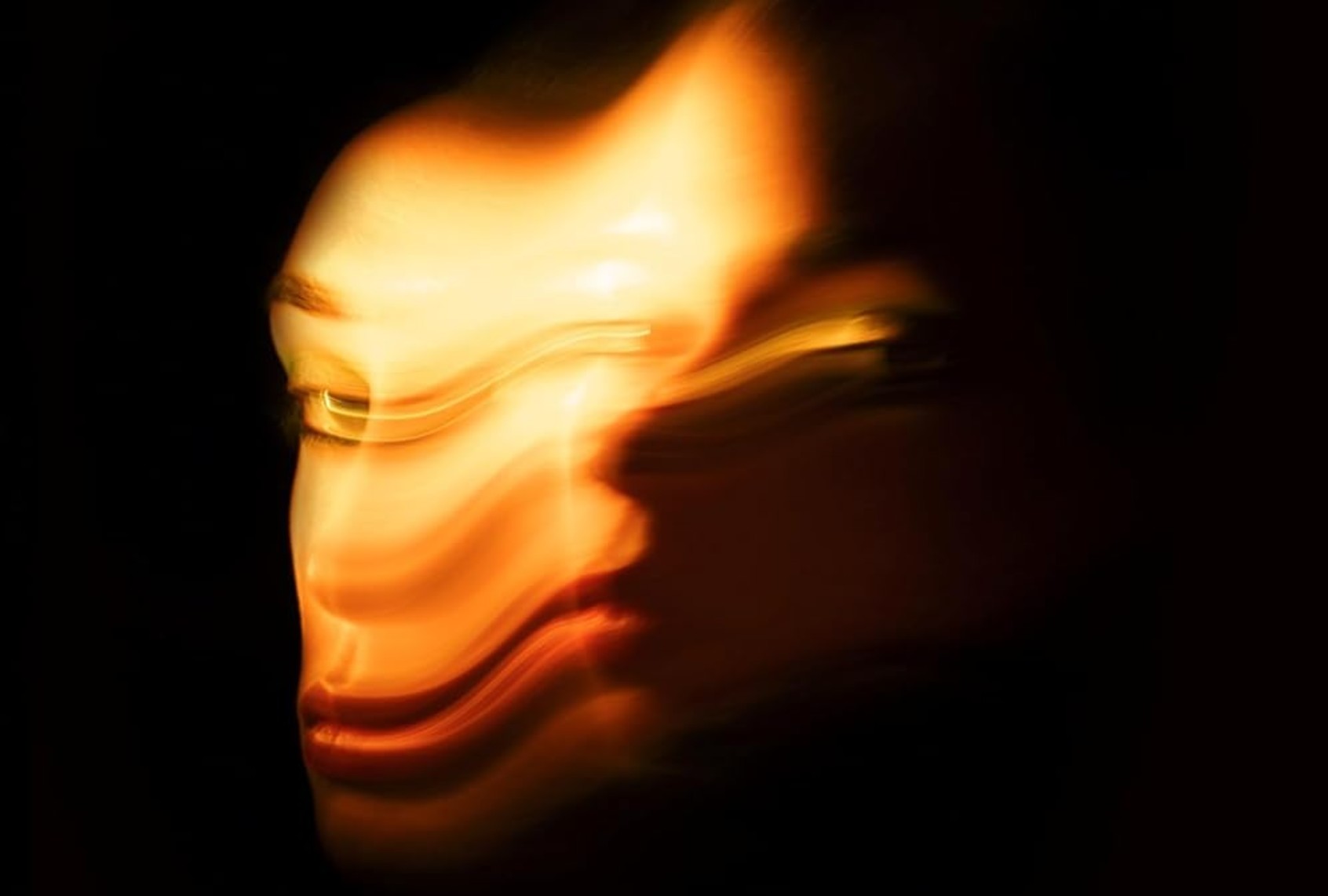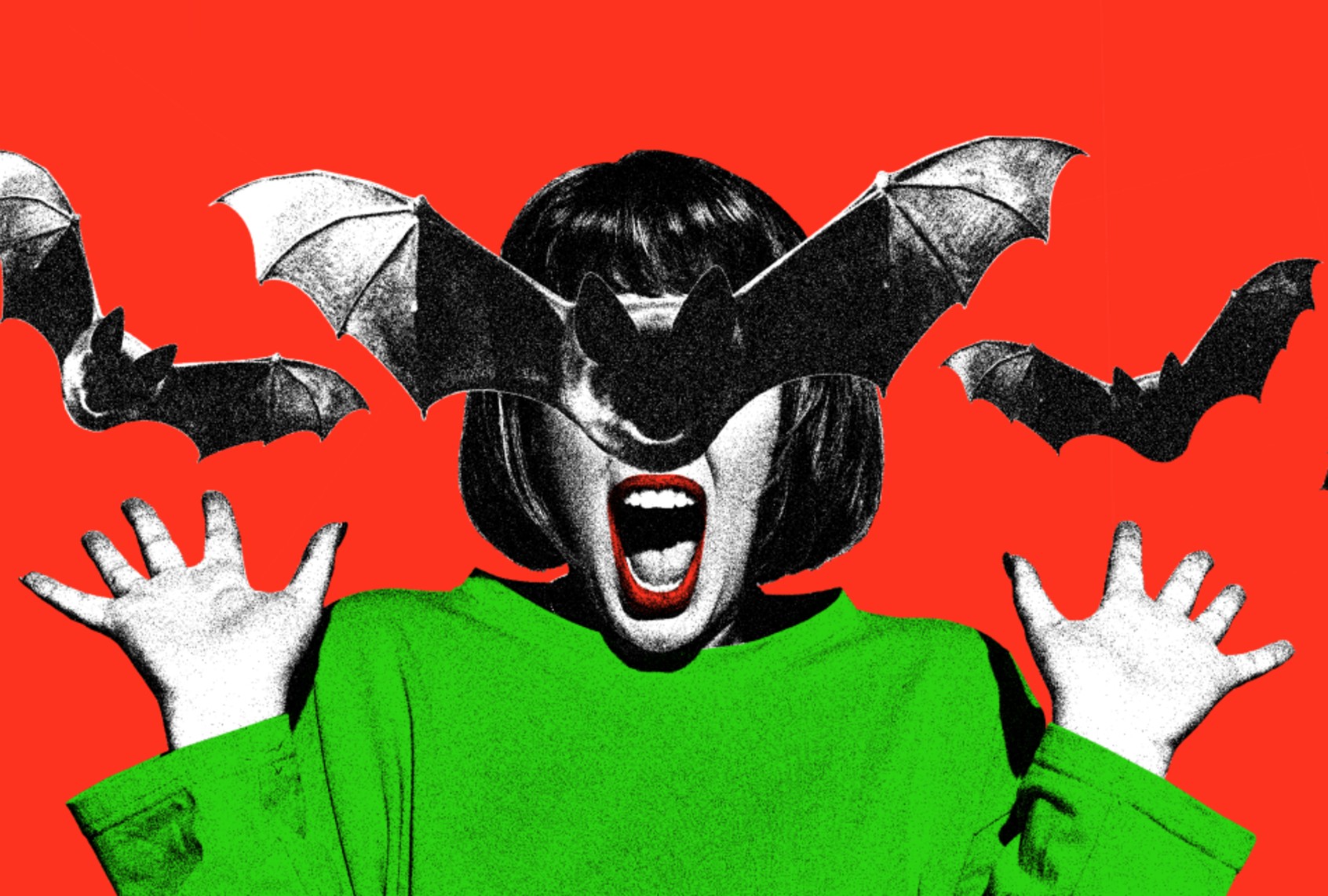A lot has been written in recent years about a horror-film renaissance that doubled the category’s market share in the decade between 2013 and 2023, from 4.87% to 10.08%. Much of it has focused on the subgenre of so-called prestige horror whose touchstones — Jennifer Kent’s “The Babadook” (2014), Ari Aster’s “Hereditary” (2018) and “Midsommer” (2019), Jordan Peele’s “Get Out” (2017) and “Us” (2019) and Robert Eggers’s “The Witch” (2015) and “The Lighthouse” (2019) — are celebrated for their psychological complexity and stylistic polish.
But anointing art-house horror as a corrective to previous decades’ canon of big-screen scarefests is something that even a viewer with little investment in the genre can recognize as ahistorical and insulting. Horror movies have always been about the traumas and failings of humans: abuse, religious control, societal marginalization. They’ve also, individually, attracted plenty of critical capital. The idea that the current success of horror can be explained by the triumph of high-concept sophistication over baser motivations of the past is fascinating, though, if only because it presumes that horror needs a good reason to be looked in the face — that it’s something we can choose to acknowledge under specific conditions rather than something that builds narratives around terrors already within us.
The idea that the current success of horror can be explained by the triumph of high-concept sophistication over baser motivations of the past is fascinating, though, if only because it presumes that horror needs a good reason to be looked in the face.
The charade that’s central to my own viewing of horror movies is that chasing them with a comedy or dancing or big dumb action is an effective antidote. Instead, each chaser absorbs residual dread and is from then on bound to the thing I hoped to drown out. More than a few beloved, inoffensive classics like “The Princess Bride” have been stained with unease because they failed to counteract some self-inflicted terror. This might be why I’ve always been a little bit in awe of people who love horror movies: The terror that feels like a private punishment to me is for them a source of comfort, possibility and even freedom.
Zefyr Lisowski is such a person: someone who holds horror close and breathes it all in. In the prelude to her new book of essays, “Uncanny Valley Girls,” Lisowski writes, “To watch a scary movie, after all, is to surrender yourself to the impulses of your body — the extremity of shock or fear overriding all other emotions. Through this surrendering, I believe, you open yourself to other experiences more complicated, learn to name the quieter desires peeking through the rough shawl of fear.”
Calling the book a memoir in movies doesn’t capture the deftness with which Lisowski examines the role movies played in shaping who she was, longed to be, and became. The role they play as she looks backward to understand, as she puts it, “how I bent that shape until it became something new and gleaming.” Classic slasher films, stories of watery and vengeful ghosts and torture porn are some of the tropes Lisowski peers at through both personal lenses — sickness, grief and mental illness — and cultural, collective ones.
But she also finds meaning in the frighteners, ghosts and monsters themselves. Carol J. Clover’s influential 1992 consideration of slasher films, “Men, Women & Chainsaws,” gave us the theory of the Final Girl, the sole survivor whose terrorized, hard-fought triumph over evil let classic hack-’em-ups like “Halloween” and “The Texas Chainsaw Massacre” end with a drop of optimism amid all the blood. Per Clover, in the first two-thirds of the movie, audiences see the killer’s POV and identify with the killer; in the last third, the audience inhabits the POV of the Final Girl and is invested in her survival. “I was interested in what happens if that switch doesn’t happen and those things overlap in simultaneity,” Lisowski says. “A lot of the existing scholarship [on horror] focuses on either identification with the Final Girl — I like horror movies because I’m a survivor, and this woman is a survivor too — or on inverting the terms of villainy: Like, the scary figure is scary because they are other, which reflects me, the viewer; so actually, they’re the protagonist.”

(HarperCollins) “Uncanny Valley Girls”
“To watch a scary movie, after all, is to surrender yourself to the impulses of your body — the extremity of shock or fear overriding all other emotions. Through this surrendering, I believe, you open yourself to other experiences more complicated, learn to name the quieter desires peeking through the rough shawl of fear.”
In writing the essays that became “Uncanny Valley Girls,” Lisowski wanted to explore “the areas where neither of those were fully true — where all humans have the capacity to inflict harm on each other and all humans have harm inflicted on them. Where you can both identify with someone who’s inflicting harm but use that to practice compassion toward yourself and toward the people who have hurt you. I think horror is uniquely positioned to really facilitate that kind of understanding.” Her own childhood fascination with werewolves (and with 1941’s “The Wolf Man”) becomes an unsettling identification with them as a transitioning adult; in the 2000 cult classic “Ginger Snaps,” she notes, the werewolf-bitten Ginger transmogrifies beyond the usual wolven boundaries — hers is a permanent state “marking her indelibly into the future” as a figure of terror.
Horror is a uniquely social genre, Lisowski believes, because few people like to witness it alone. From her childhood on, scary movies are engines of intimacy, only occasionally opening an unbridgeable gulf between individuals. Opening in the New York City psych ward Lisowski has checked herself into and closing at a writing retreat six months after she’s checked out, “Uncanny Valley Girls” excavates a past catalyzed by horror movies and a pattern of intense romances linked in her memory to everything from “Scream” to “Saint Maud.”
Start your day with essential news from Salon.
Sign up for our free morning newsletter, Crash Course.
Despite horror’s influence on her life and work (previous books include 2019’s “Blood Box,” a collection of poems that centers on Lizzie Borden’s murders of her father and stepmother to explore grief, queerness and generational violence), Lisowski is an “incredible scaredycat.” “A lot of horror fans I know are,” she says. “The reason part of [“Uncanny Valley Girls”] is about relationships is that I can’t really watch [horror movies] alone a lot of times.” That other self-described scaredycats are often among horror’s most enthusiastic fans fascinates Lisowski. “Why are people who seem to be more anxiety-prone, more fear-prone, drawn to this genre? I think it provides [both] a container and a release for those fears, where something that might otherwise be overwhelming is sort of confined within this discrete experience” — especially when it’s shared with others.”
Opening in the New York City psych ward Lisowski has checked herself into and closing at a writing retreat six months after she’s checked out, “Uncanny Valley Girls” excavates a past catalyzed by horror movies.
“Uncanny Valley Girls” isn’t an easy read, in part because of how effectively its author draws fictional horror and real-world ugliness together to confront the long history of harm inflicted on bodies marked by otherness: queerness, Blackness, disability and sickness. What feels like the book’s two most prominent suggestions — that horror is not a static genre but a civilizational condition that has built wealth and waged wars and ostracized outliers, and that abjection can create love and beauty as well as overtake both — become sharper and more vivid as it goes on. This is particularly true in the chaotic scenes in which expressing herself through non-written media (a werewolf movie, a recreation of the Borden home in miniature) leads Lisowski to reckon with the difficulty of translating palpable horror into physical form.
Even amid breakdowns, family traumas, and physical pain, there’s a sense of optimism that emerges from each essay, a belief that horror is not a static construct of violence and fear but a shapeshifting entity that can be a teacher, a mirror, a haven and more. In a chapter that alternates scenes from the present (the psych ward), the past (boarding school) and the movies (specifically, Lars Von Trier’s arty-queasy 2009 provocation, “Antichrist”) In reflecting on the symbiosis of love and mental illness, Lisowski shelves a standard interpretation of the film’s ending — a husband burning his wife’s corpse and ascending a hill where he is swarmed by faceless women made of light — for one in which the faceless women are “filled to the seams with a light too brilliant and complex for the world to contain, women lovable in their luminescence.” In this reading, she sees “a practice of care naked in its collective honesty” — and in that she sees herself.
We need your help to stay independent
Lisowski continues to find films that use the visual language of horror to explore the vulnerable human condition, citing “Talk To Me” and “Bring Her Back” (both from brothers Danny and Michael Phillipou) as recent favorites. “What I love about both films is that they combine these disparate elements. They’re incredibly gnarly; there are these gross-out sequences within them. But they also show the really profound horror that can be a way of thinking through addiction and grief [or] the problematics of the foster-care system.” The work that most excites her, she says, “doesn’t neatly adhere to frameworks of good or bad taste and are legible as horror even if that’s not purely their intent.” (She cites John Waters’ 1970 black comedy “Multiple Maniacs” as an example.) On the other hand, she points to instances in which horror is explicitly given cultural recognition — for instance, the copy of “The Texas Chainsaw Massacre” that’s in the collection of New York’s Museum of Modern Art.
I ask Lisowsky about a sentence in the postlude to “Uncanny Valley Girls” — “Horror is my love language, but maybe that’s because everything is my love language” — what it means to hold horror so close in a world animated by fears of the other. “So much of human language is about connection,” she answers. “And love is one of the most profound and elevated connections there is. And if that’s one of the basic needs people have, it kind of flowed naturally to think about scary movies as another form of communication within those needs.”
Read more
about what horror teaches us


